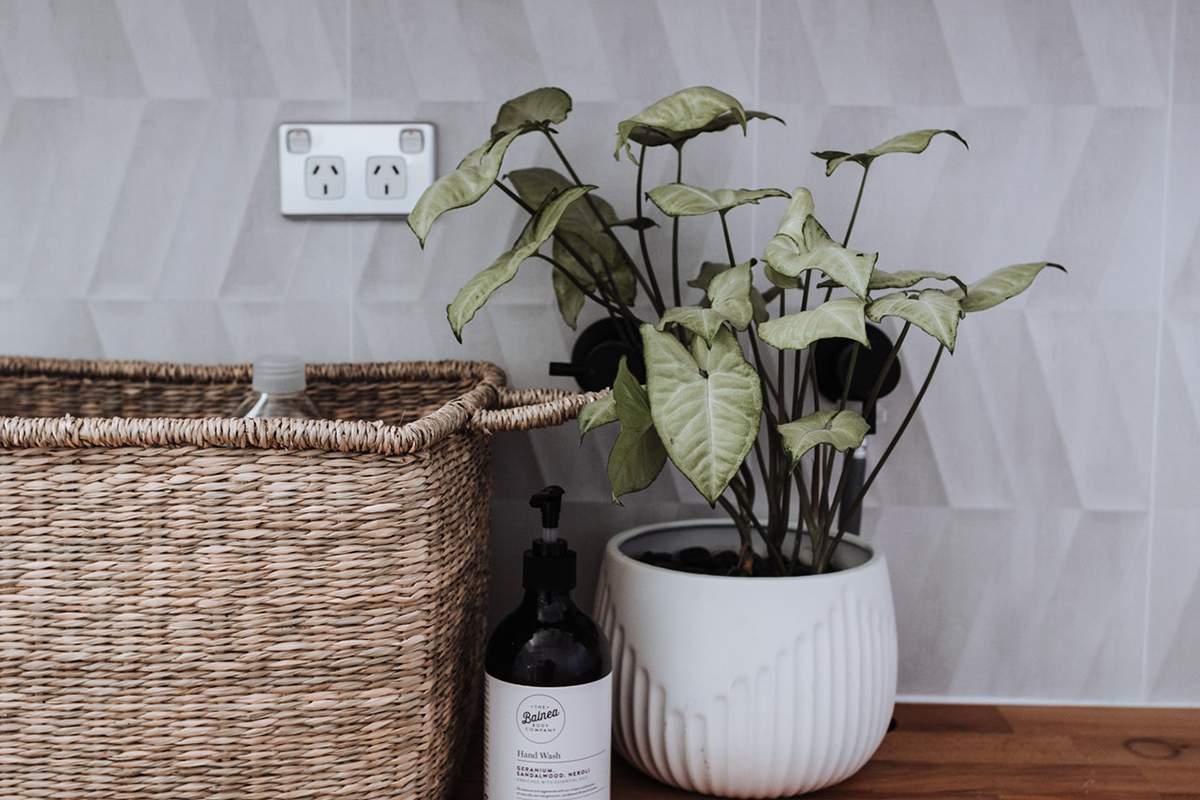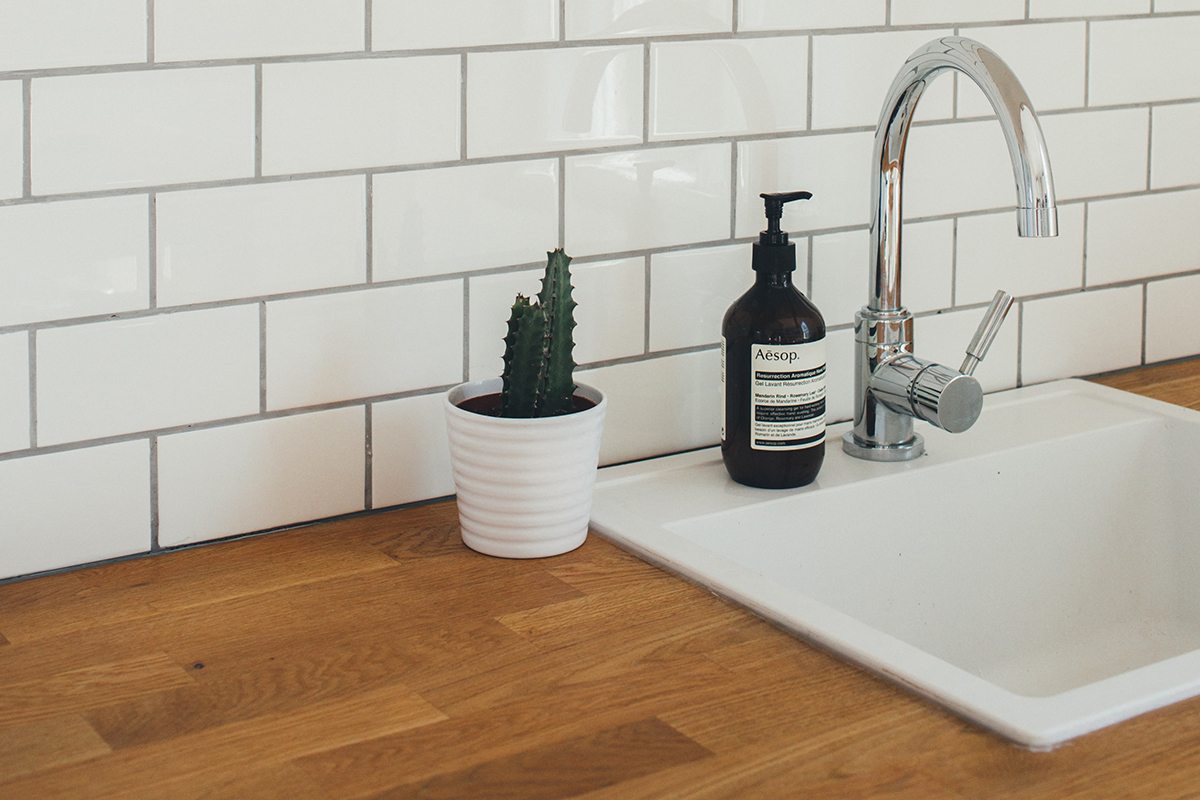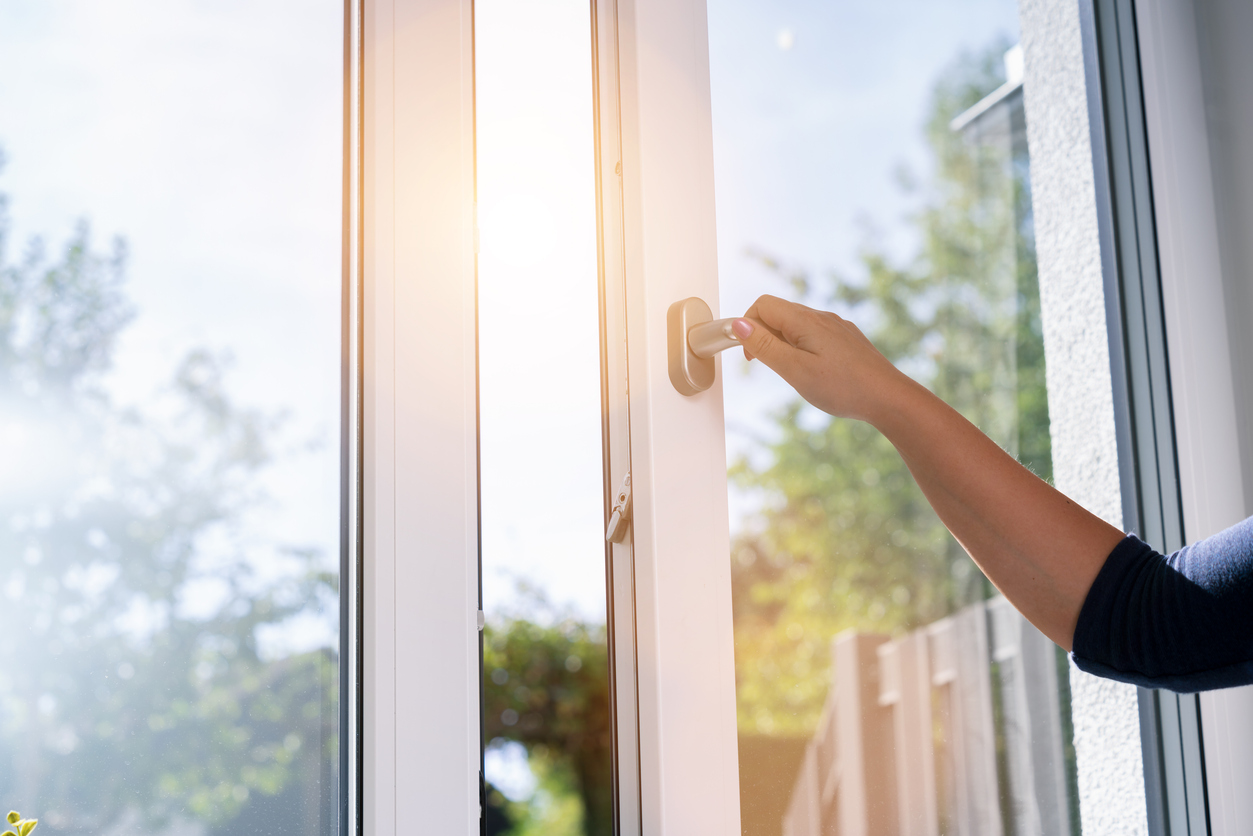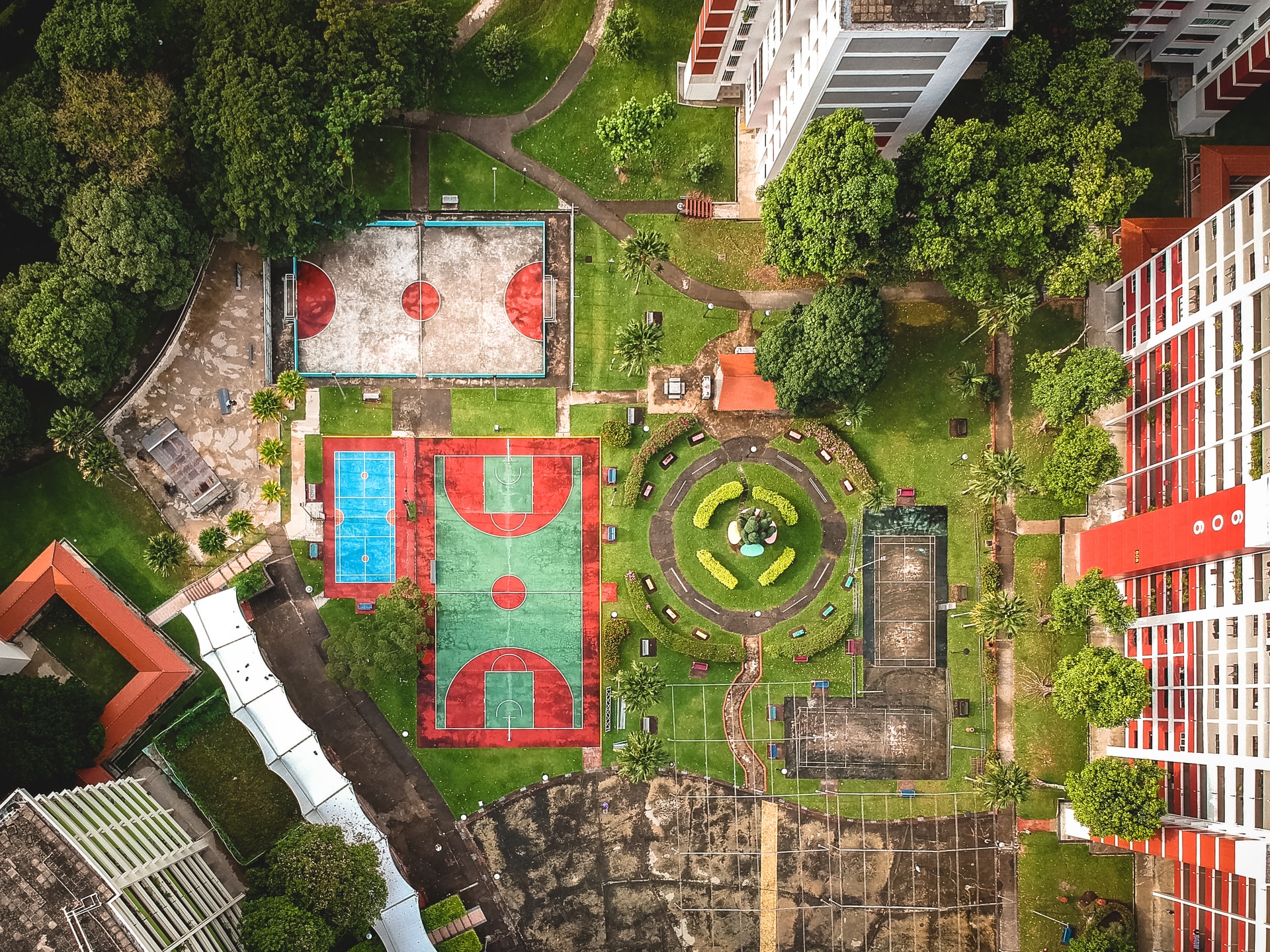Waiting for a BTO flat can be a long and frustrating process. That’s why many young Singaporeans choose to go down the resale route instead. A great alternative—if you just know what to look out for. To avoid getting scammed and talked into buying an inferior home, here’s everything you should check when viewing a resale flat.
Visual defects
When you’re walking around the flat, make sure to inspect it for visual defects, as these often indicate a rushed job. This includes patchy paint, uneven walls and bubbling laminates. Feel free to shift the furniture away from the walls to check for any defects hidden behind and below as well.
Missing or damaged electrical points

Image courtesy of Rachel Claire/Pexels
A small thing to look out for, but undeniably important. Check where all the power points are located throughout the house and consider if those locations work for your lifestyle. Are there places to charge your devices in the bedroom? How about sockets in the kitchen and living room?
Check the condition of the power points and make sure they’re not loose or damaged either. While you’re at it, keep track of where the light switches are and if they all work as they should. Should you have to rewire the flat, you could be looking at a cost of a few thousand dollars.
Broken appliances
Turn on the main appliances in the resale flat and check if everything is working. You should pay special attention to built-in appliances, like the fridge and oven. If you’re planning on replacing those appliances, you should still check if the ones in the flat are working, as any faults could indicate a greater electrical or gas problem in the flat.
Water issues

Image courtesy of Charles Deluvio/Unsplash
Turn on the water heater in the flat, give it a few minutes and then check if the water is hot in the kitchen and bathrooms. Test out the water pressure and drainage and keep an eye on the pipes below each sink to ensure nothing is leaking as well. Finally, give the toilets a good flush—you don’t want to find out there’s a plumbing issue when you’re all moved in.
Wonky storage units
Open and close all of the cabinets and cupboards in the house. Yes, all of them. Look at the hinges, check for rust, mould, signs of termites and water damage. Sagging doors are very common in older flats, so you’ll want to take note of those defects. They’re not too expensive to fix, but if every cabinet has a problem, the cost will start to add up.
Water damage and mould
Speaking of water damage and mould inside cabinets, you’ll want to inspect the humid areas of the house—the bathroom, kitchen and service yard—for signs of both. Take a good look at the bathroom ceiling especially, as it tends to grow mould easily. A bit of mould and mildew can be cleaned away, but if the entire bathroom is covered in it, you’re looking at a serious problem.
The owners of the resale flat may have painted over the mould to hide it. If you notice a difference in the paint colour, uneven texture or peeling paint, chances are that something was covered up.
Worn-out doors

Design by KDOT Associates
Do all the doors in the flat close properly? Wooden swing doors can be fixed easily (as long as there are no signs of termites) and squeaky handles usually just need some oiling, but sliding and folding doors can be trickier. If there are glass doors in the house, check the panels for scratches and other signs of damage.
Damaged floors
Take note of the floors in the high-traffic areas of the home. Broken tiles in the kitchen and bathroom will likely need repairs, which can be expensive. Check for furniture marks and water damage on wood and vinyl floors too. If you don’t like the flooring but it’s in good condition, don’t worry too much about it, as it can be simply overlaid.
Rusty windows

The windows on old HDB buildings often need maintenance or even replacement. Sticky windows are not a big issue as they can just be oiled, but extensive rust can be dangerous. Window replacements can be costly, so keep this in mind.
Renovation needs
As you take a tour of the resale flat, picture your dream home. What do you need to change about the flat? Take note of structural walls (which cannot legally be removed) and ask yourself if the layout you want is possible in this flat. Some units are affordable but need such extensive works that you end up shooting over your budget. It may be better to pay a bit more for a flat that’s closer to your vision and save money on the renovation costs.
Consider the potential resale value of the home too. Awkward layout features could be just what you want but make it difficult to resell the flat later down the line.
Loanshark activity
For your future safety, take a peek at the front door and around the corridors near the unit for any signs of loansharks. They may have left a phone number and an indication of debt on one of the walls. Even though many sellers try to remove evidence of loanshark activity, it’s often still lightly visible under a new layer of paint. Security cameras pointing at the corridor can be a sign of loansharks and criminal activity too, although not always.
Unsuitable neighbourhood

Image courtesy of Christian Chen/Unsplash
Don’t just inspect the interiors of the flat—the neighbourhood is just as important for your long-term happiness in your home new. Head to the location during different times of the day and week. Check out the noise levels compared to your current home. You may also want to knock on a few doors and talk to the neighbours, especially those next door and directly above and below your unit. Ask them about the other neighbours, the noise levels and any issues with the building, including the aforementioned loansharks.
Assess what’s in the area. Where are the bus stops and the closest MRT station? Would you rather have easy access to a busy road or avoid the noise?
Take a look at the URA SPACE website to find out if any large developments are planned around the building. This could mean a new flat that will obstruct your view, plus lots of noise over a few months. In a similar vein, check the condition of the car park and roads around the building—outdated asphalt and stone could indicate that those areas are due for construction soon, which will be a long and noisy process (we’ve been there).
Head out for a few meals in the neighbourhood as well. Find the closest hawker centres and explore what’s on offer. Check if there are any malls nearby while you’re at it—and whether the shops suit your lifestyle. There’s no point buying a flat in an expensive area if you’re not going to make use of the amenities that drive up that price!
One final tip
Always bring someone else with you while you view the flat, be it a partner, a friend or a family member. Not only is this much safer than going alone, but it will also give you confidence when asking questions and make it less awkward to open cabinets and move things around. Ask your special someone to take a second look around the flat while you have a chat with the agent or owner towards the end of the tour—this will allow them to inspect the nooks and crannies without someone breathing down their neck.
Opening image courtesy of Richfield Integrated.



